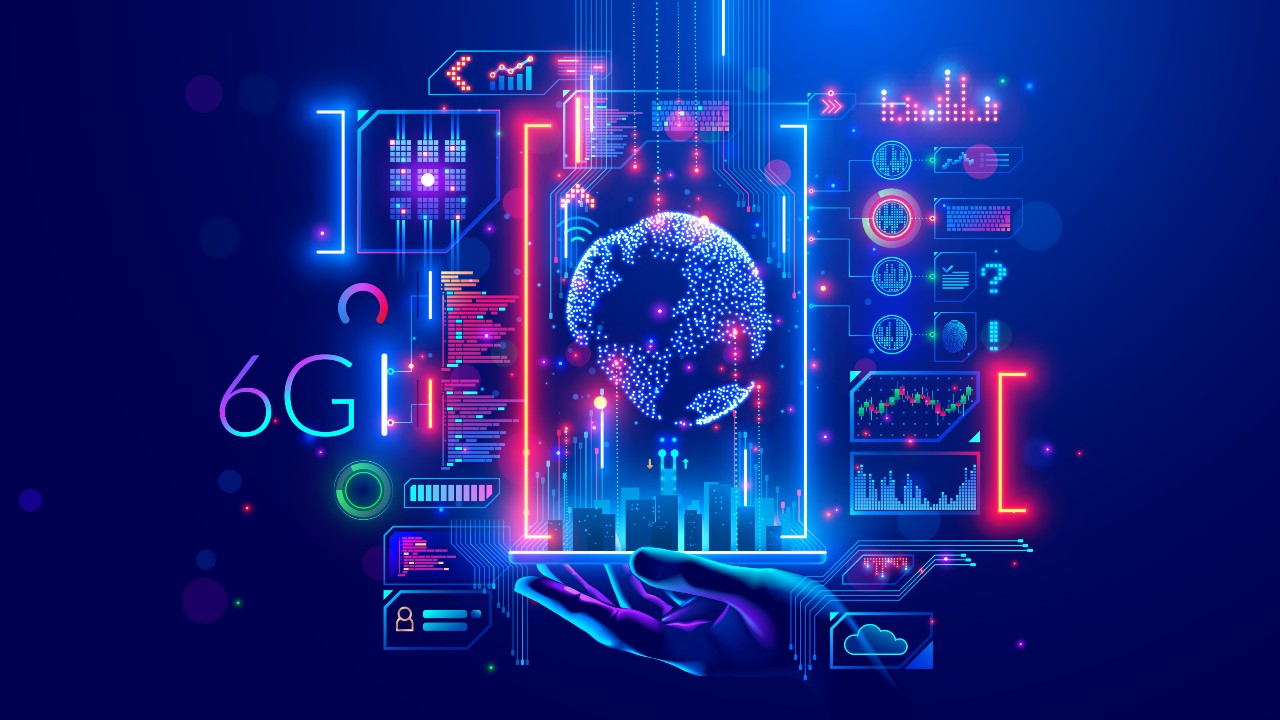Five technologies that will shape the telecommunications industry in 2023 and beyond.
In the fiercely competitive telecommunications market, industry participants need to use every tool available to stem churn and increase customer engagement. In this article we’ll take a quick look back at what 2022 looked like for telecoms and then discuss the tech trends to watch this year.
A Look Back at 2022
Convenience and data were the kings of 2022 – at least from the customer perspective. Bring your own device (BYOD) policies and embedded subscriber identity modules (eSIMs) made it easier for new subscribers to switch providers and keep their current phone as well as for subscribers to upgrade devices without intervention from customer service teams.
We also saw Network Function Virtualization and Software Defined Networks come into play as faster and more efficient ways to provide new services. They can also optimize traffic and costs on the network. These developments were not to be outdone by an increase in the use of automation and Cloud resources within the company as a way to manage data processing and increase flexibility.
Finally, Artificial Intelligence (AI) emerged as a major player in the telecom industry – an area where Infogain has been heavily investing. Whether AI is being deployed to enhance network reliability, find and harness data insights, or improve personalization and customer satisfaction, there’s no question that it has proved its usefulness. We can expect this trend to continue for some time.
So much for the past; let’s focus on the present. What technologies will telecoms and MVNOs turn to in 2023 to address the many challenges in this market?
5 Tech Trends to Watch in 2023
1. Digital Twins
An application of AI that’s causing a lot of stir in the telecom industry is digital twins. A digital twin is a detailed digital model of a real-life entity (e.g., a network, a building, a customer or a set of customers). The digital twin can be continuously updated based on new data and information. Digital twins are used to model entities and then simulate the effects of various treatments and experimentation.
We’re already seeing digital twins in marketing and operations across industries. For telcos, digital twins can be instrumental in network planning and management, impact analysis, network monitoring, and cost and performance optimizations.
2. Edge Computing
What happens when there’s high latency and low availability or reliability on a network? Frustrated customers start looking for other providers. And today, there is greater demand than ever for high-bandwidth consuming services including resource-intensive multiplayer games, virtual reality applications, IoT devices and more. Solving connectivity problems is a key to unlocking a great customer experience and engendering customer loyalty.
At the edge of networks, where devices are furthest from hubs, connections are notoriously slow and unreliable. Edge computing seeks to eliminate this problem, and by doing so improve the overall network quality. AI is leading the way here too, helping companies optimize their networks and meet user demands with greater speed and flexibility. Look for developments in this area (like multi-access edge computing) that reduce latency and minimize the distance between users and centers.
3. Network Disaggregation
Network disaggregation separates the various network components and then remixes them to suit various use cases. This is an extension of the 2022 trends mentioned above, namely Software Defined Networking and Network Function Virtualization. It also involves separating base station functions into different units using a framework known as Open RAN. The key component of Open RAN is the RAN intelligence controller, which supports microservices and allows a shift to a decentralized, flexible architecture.
4. Blockchain
Speaking of flexible and distributed technologies, blockchain is another avenue that telecoms will be investigating in 2023. Because blockchains are decentralized databases, they offer more flexibility – essential for telcos that want to facilitate mobile payments and other financial actions. And blockchain also offers enhanced security alongside reduced costs, making it an ideal vehicle for providing secure services.
5. 6G and Wi-Fi 7
You didn’t think we were stopping at 5G, did you? The next wave of connectivity is already in progress, promising lower power consumption, more bandwidth, greater reliability and enhanced security – just what the customer ordered. While these technologies won’t be implemented right away (Wi-Fi 7 is slated to publish in 2024), they are very much in the cards for the near future. This means that network planning for such enhanced capabilities starts… now.
For Telecoms, 2023 Will Bring Tech Growth
Standing still and waiting isn’t an option for participants in the telecom industry. In this hypercompetitive environment, using AI and other infrastructure-enhancing and cost-saving technologies is a necessity. As brands drive customer loyalty through the provision of continuously better service options, business growth will follow. And the early adopters of these innovative technologies will likely be the ones that reap the largest rewards.
Authored by: Dr. Anil Kaul, CEO at Absolutdata and Chief AI Officer at Infogain
Related Absolutdata products and services: NAVIK AI Platform, NAVIK Sales AI, NAVIK Marketing AI, NAVIK Digital Twin, Analytics, Data Science & AI, Customer Analytics, Marketing Analytics
































